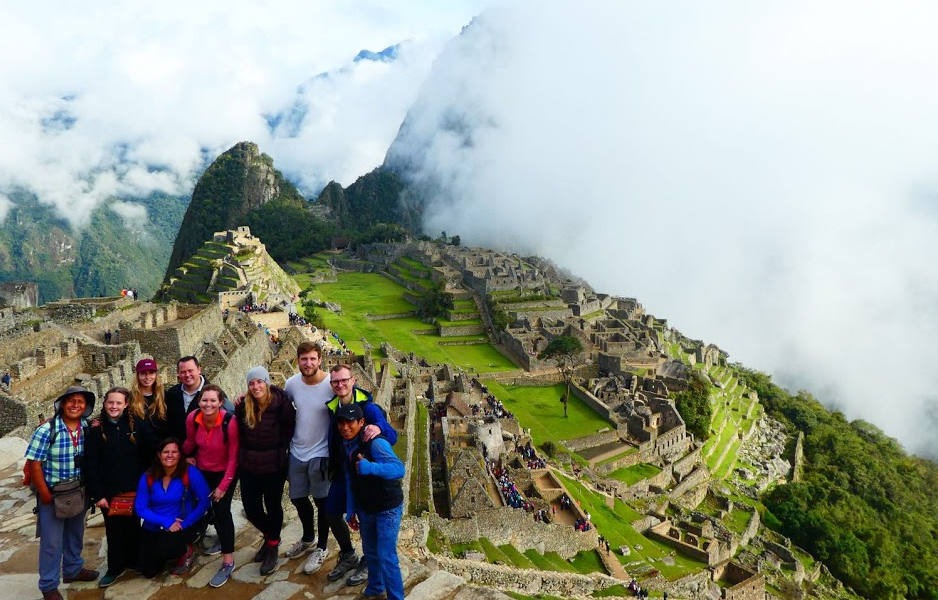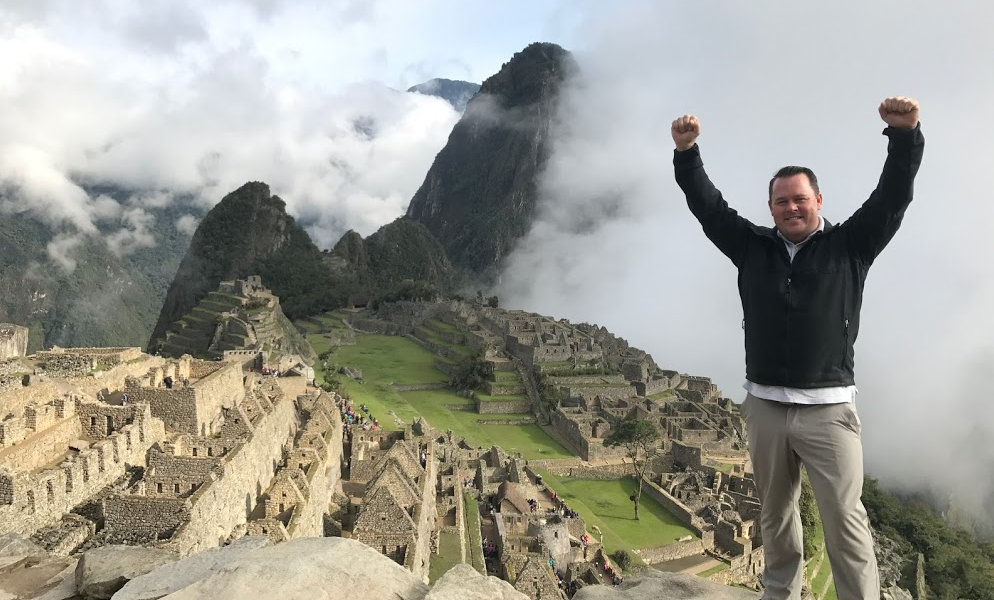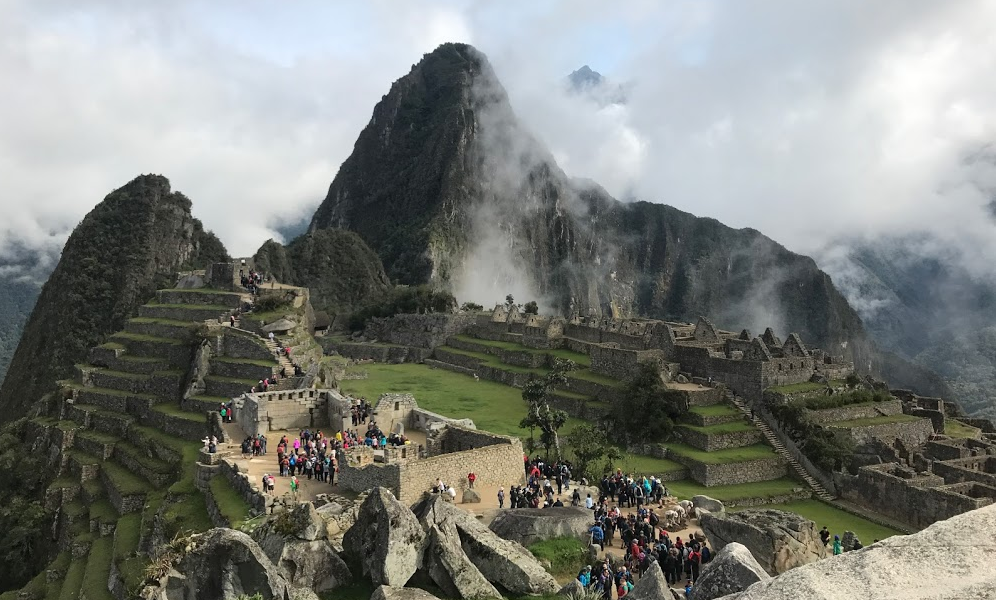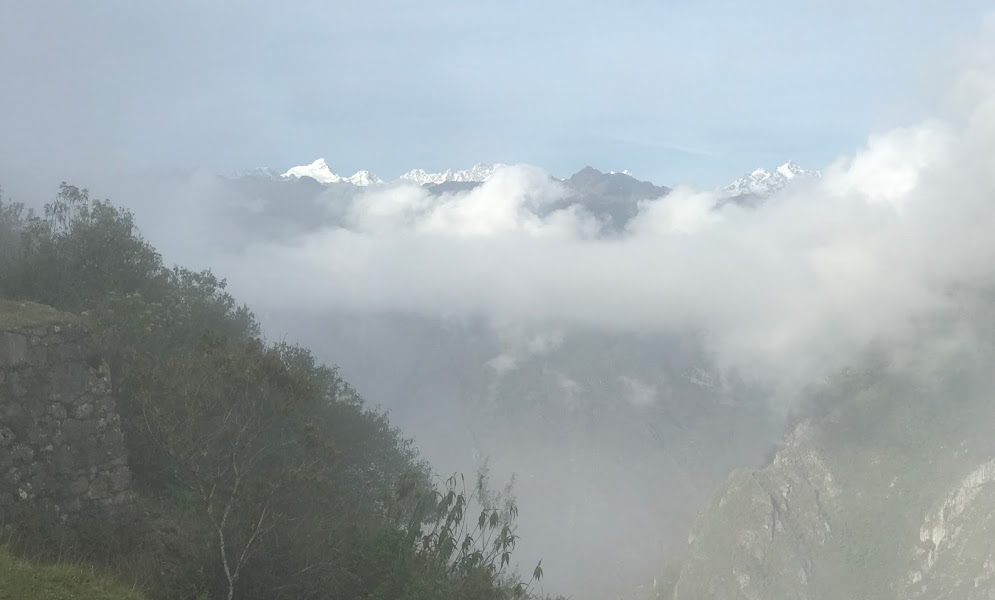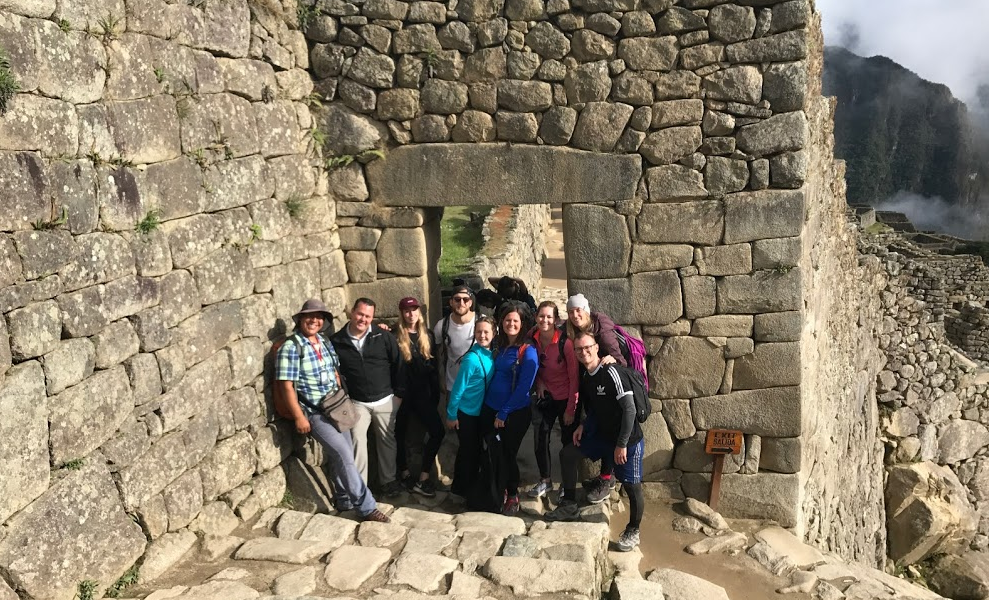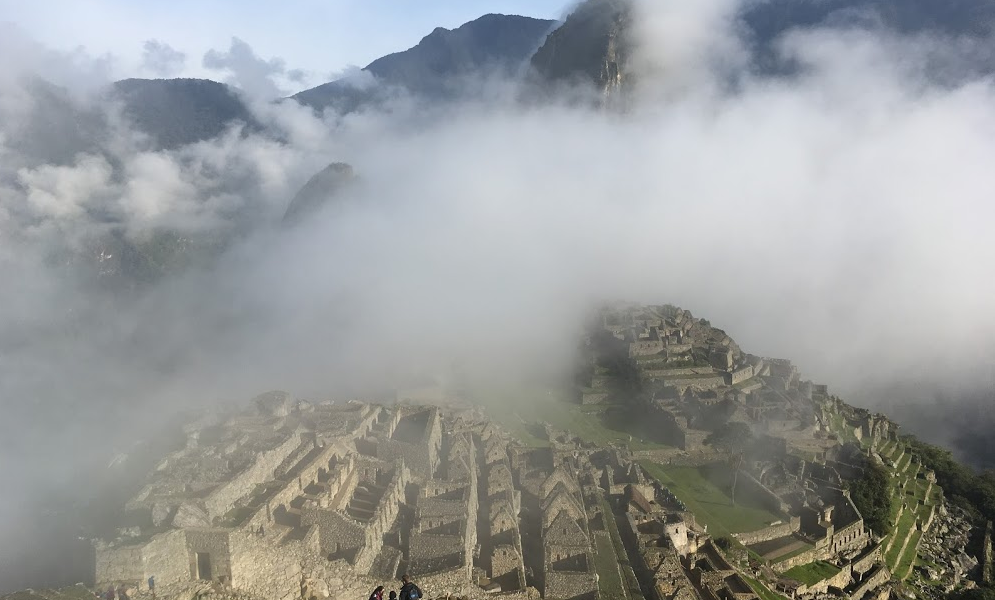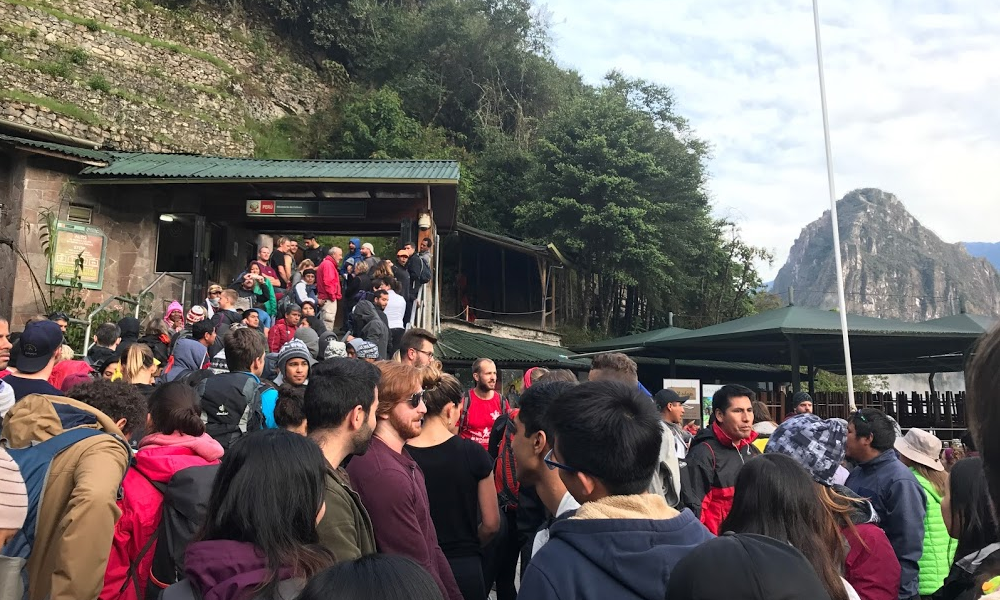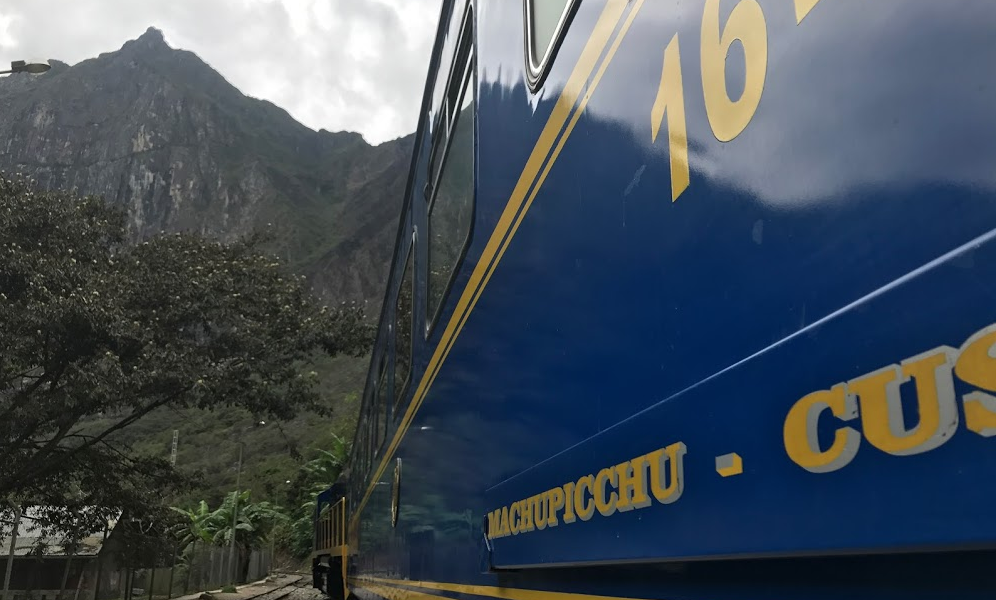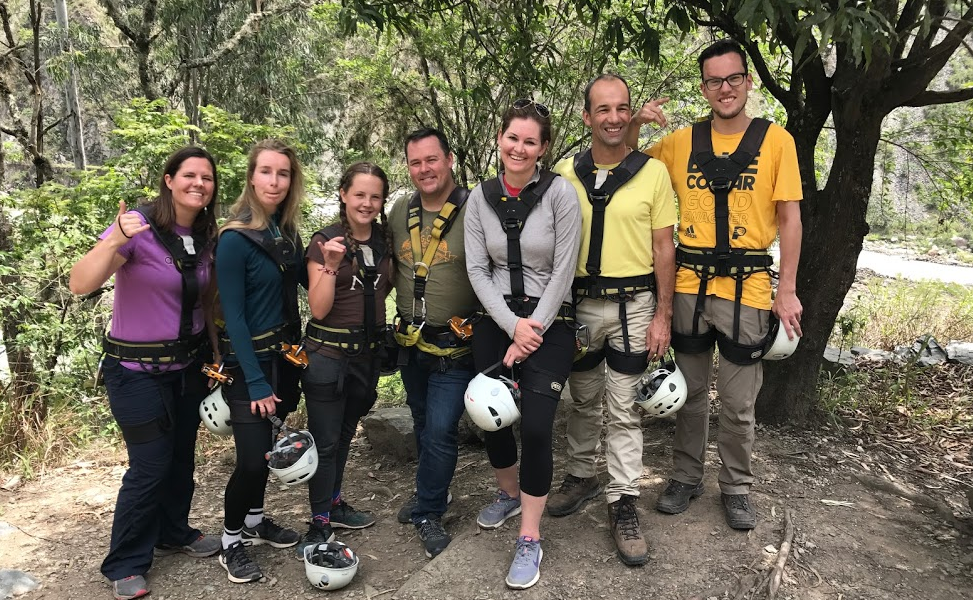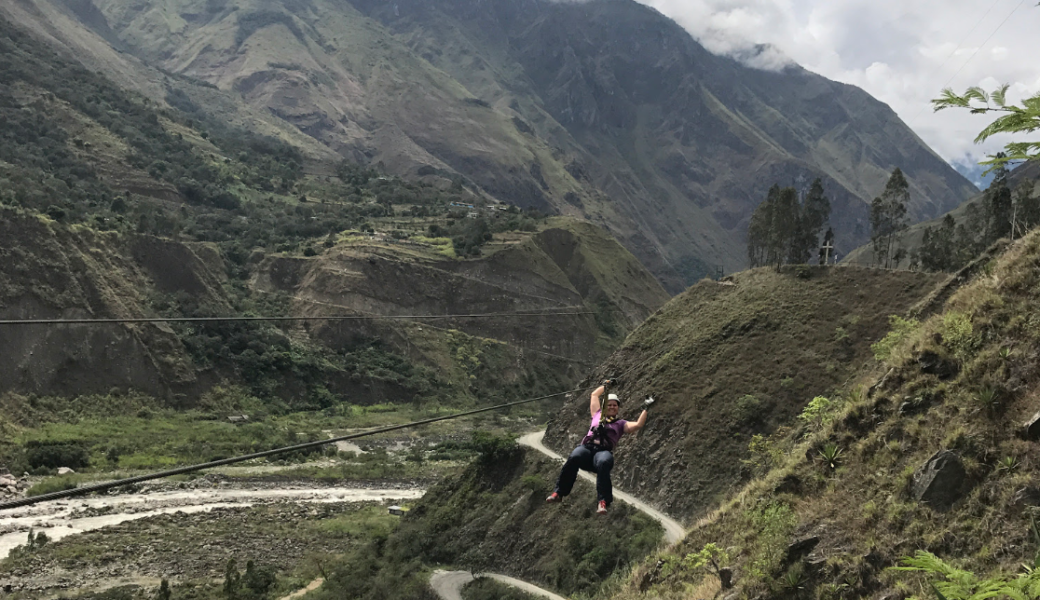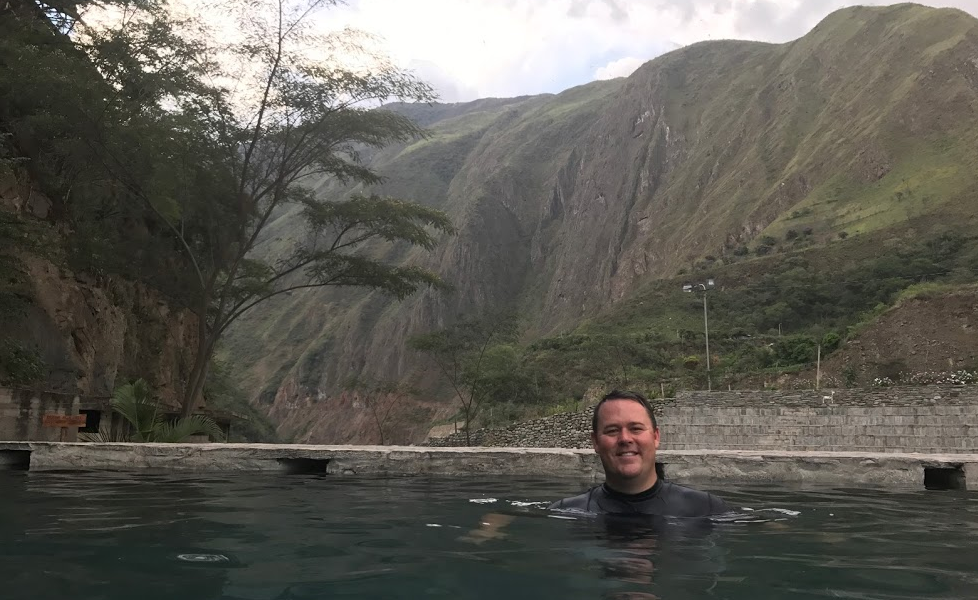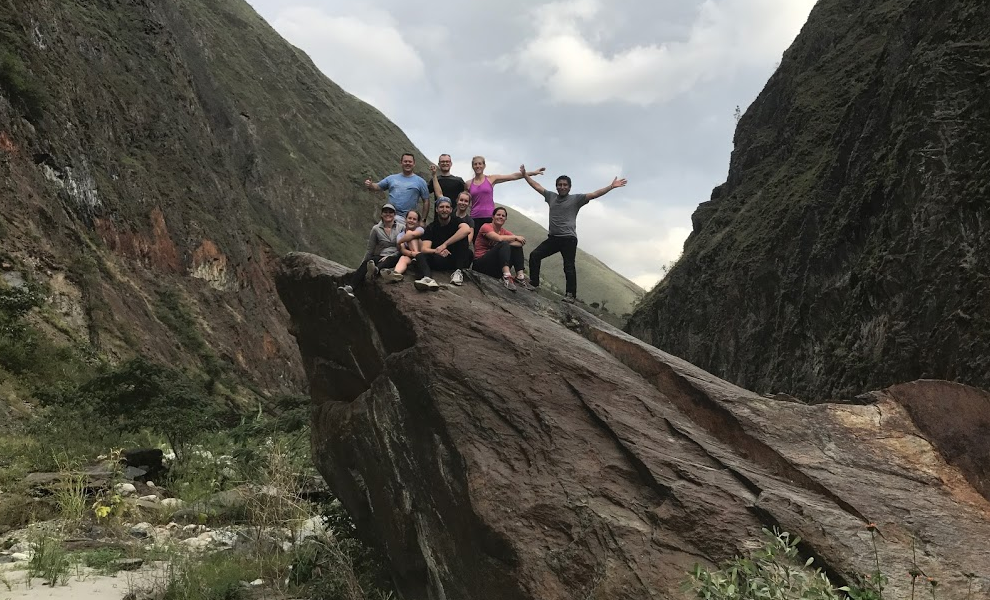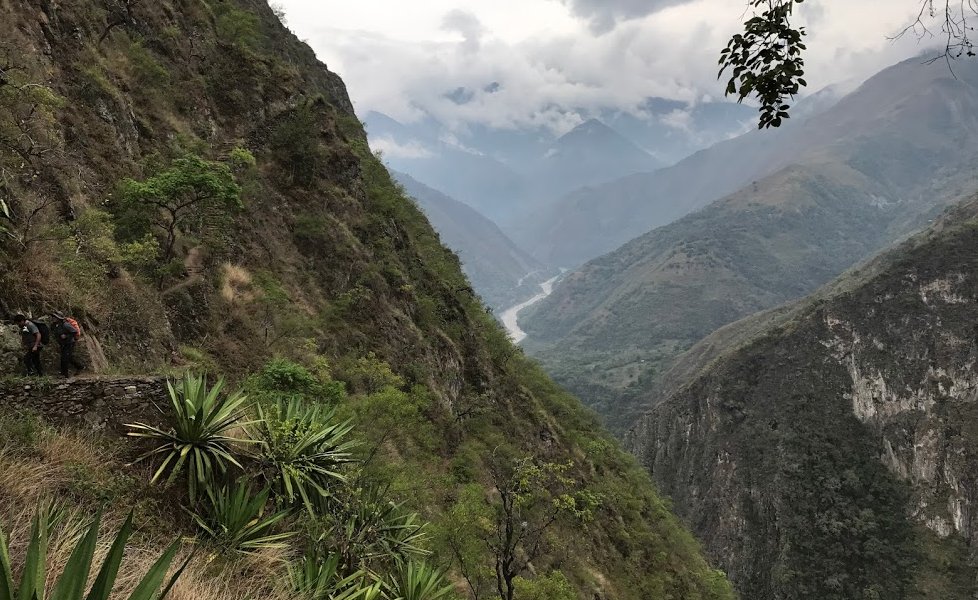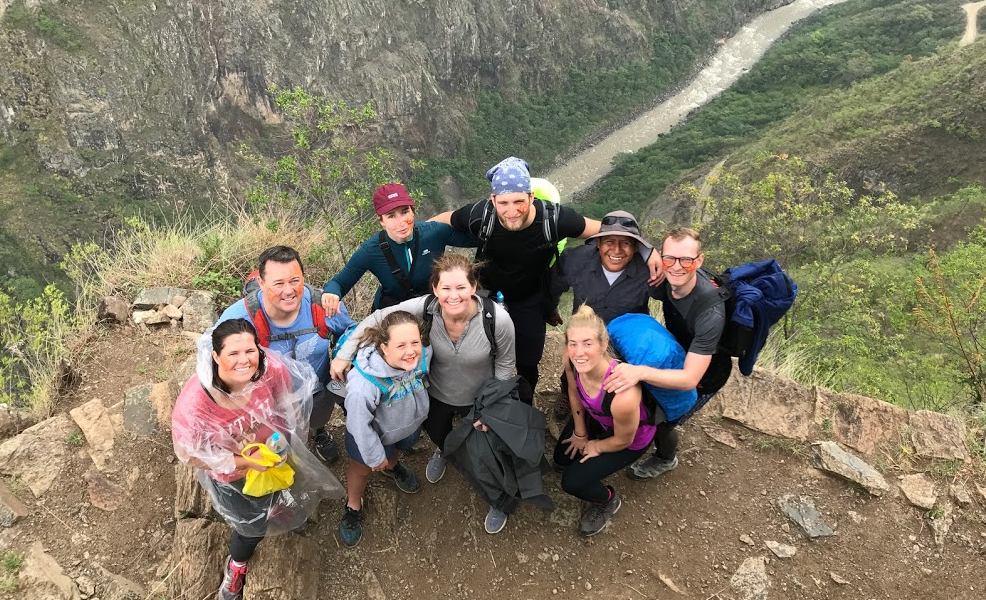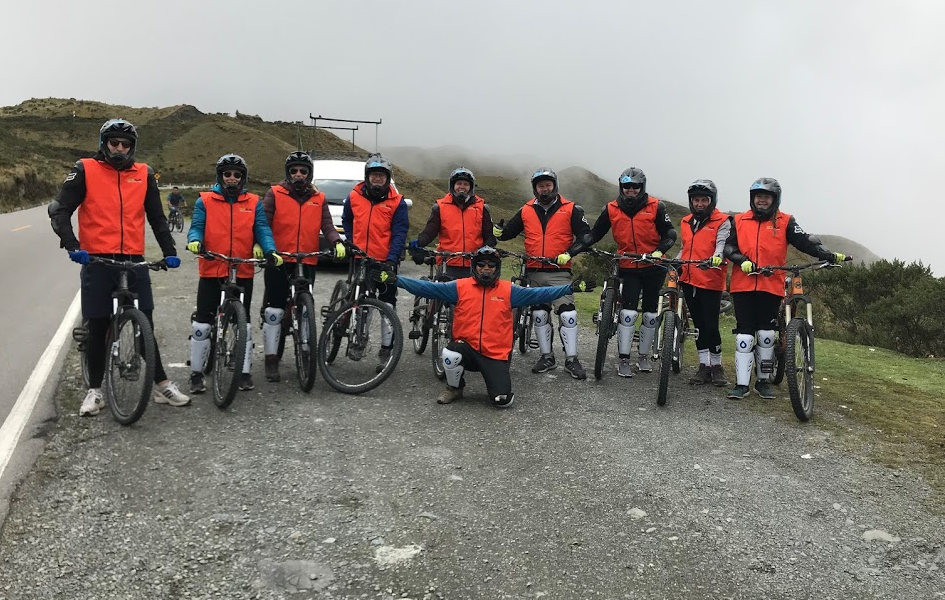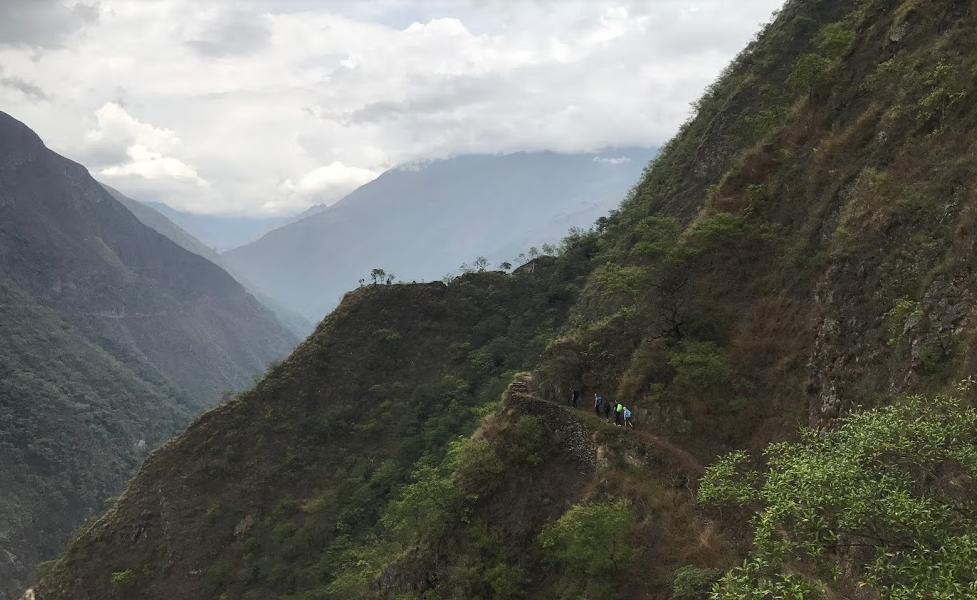Just wrapped up a fantastic trip trekking in Peru and visiting Machu Picchu.
I had a truly amazing experience with some family and newfound friends… before leaving I did a bit of research and I felt prepared before my departure. But there’s always a few things you learn when traveling to a new destination. Here’s 7 things to know before you go:
1- BEWARE OF THE BUGS I had read that the bugs were bad in Peru. I had packed my bags with some industrial strength OFF insect repellant with deet. Yes, I thought I was prepared… but the bugs still won! I was pretty much eatin’ alive, along with a number of other people in our group. The Peruvian mosquitoes are small, stealthy, resistant to bug spray, and their bite packs a punch. In short, they’re nothing like American or European bugs. The spray-on repellent I purchased in the United States and brought with me on the trek was a weak defense and provided little protection. Our guide recommended some lotion based bug repellent – which worked marginally well, but had to be re-applied every 2-3 hours. In the end, nobody from our group came away unscathed – we all suffered some terrible bug bites. As I write this (two days after returning from Peru) I’m still scratching a dozen or more bites that are not scabbing over (I know… you shouldn’t scratch bug bites… but it feels so good!). My recommendation: buy some spray, buy some lotion, apply it liberally, and buy the anti-itch cream as well. Wear long sleeves, lather up the best you can, and don’t forget the nooks and crannies – you wrists, knuckles, ankles, neck. Just know before hand that you’re going to get bit and be pleasantly surprised if the bites aren’t as bad as advertised here. I became so diligent and distracted with bug repellant that I actually forgot the sunscreen on the last day in Machu Piccu and earned a nasty sunburn. I guess even if the bugs don’t bite… you still might get burned.
2- THE MORNING LIGHT IS BEST
The day you go to Machu Picchu you may have two options, to leave early in the morning or in the middle of the day. The morning option will involve a bus ride or trek that begins at a ridiculously early hour (3:30am). While this may dissuade some who’d rather sleep in until a reasonable hour, I’d recommend getting up early. The morning mist and light at the top of Machu Picchu is rather spectacular at sunrise. I took at least a couple of hundred pictures over the course of the morning and afternoon – far and away the best light was during the 6am – 9am time frame. The weather, mist, and clouds at Machu Picchu are all unpredictable, but at least give yourself the chance to see Machu Picchu in it’s full glory at sunrise – you may regret it if you don’t.
3- TAKE THE BUS
The ascent to Machu Picchu can be taken on foot or via bus. You’ll start at Aguas Calientes, the town at the base of Machu Picchu mountain some 1500 ft (500 meters) below the entrance. My advice… take the bus. Sure, you may be in terrific shape (even if your not, the mountain is steep, but not a brutal climb). But if you’re just an average schmo just looking to save $12 on the bus fare – trust me, the bus is worth the money. You’ll save yourself a couple hours of a hard climb and be fresh and ready to go at the top. Half of our group climbed up (mostly the 20-something Europeans). I took the bus and was grateful for the extra energy. Remember, for most this is an exceptionally long day already – as you’ll undoubtedly be walking around the ruins and and doing plenty of climbing and trekking at the top. You may even be traveling back to Cusco in the evening on a train, bus, or van (which makes for a long evening). I took the bus, yet still recorded over 25,000 steps and walked a total of 10 miles during the day. My advice… spend the money and take the bus – you’ll be happy you did. As an added bonus… you won’t be sweating profusely as you pose for that perfect selfie when you reach the top.
4- CONSIDER OTHER EXCURSIONS
While in the region, you may well consider other excursions as you visit the beautiful Andes mountains and the unique jungle topography. I was traveling with my wife, daughter, and sister-in-law. We booked a trek that included hiking along the Inca Trail, but also mixed in some other activities including zip lining across a canyon, biking 50 kilometers down a mountain highway, and rafting a stretch of the Urubamba River. Altogether it was a great mix of activities that I’d highly recommend. There are plenty of travel agencies in and around Cusco that provide these services – I used an agency named Conde Travel http://www.condetraveladventures.com that I highly recommend. If you sign up with an agency, expect to meet and become friends with some other travelers. This is part of the fun as you go from activity to activity, usually experiencing everything together for the first time.
5- ALTITUDE SICKNESS IS REAL
Being accustom to a 4500 ft (1500 meter) elevation, I was not concerned much about altitude sickness. I did, however, feel some of the effects during the first evening in Cusco (elevation 11,200 feet, 3,400 meters). It wasn’t too significant, just a slight headache and a little breathlessness while climbing some stairs. I would caution anyone coming from sea level – several in our group struggled for a day or two to get acclimated to the high altitude. Best not to plan that excursion to Rainbow Mountain or another location high in the Andes the day after your international arrival – you may need some time to acclimatize.
6- BEWARE: THE INTERNET IS UNRELIABLE
Just 9 years ago, during an extended trip to Asia, I turned my cell phone off for two whole weeks while visiting a handful of countries. Roaming coverage in 2008 was prohibitively expensive. I connected to email via my laptop and still stayed reasonably connected. Goodbye 2008 and hello 2017. What a difference 9 years in technology makes! It’s almost unimaginable for us to disconnect from our smartphones for even a day or two, let alone more than a week. Fortunately most mobile phone providers offer International plans for calling and data that allow us to connect even when in a remote country on a far away continent. With my line of work I need to be at least somewhat connected and have access to email. In Peru I expected to have frequent access to the Internet via wifi and my T-Mobile International plan. Truth be told, Internet was very spotty throughout Peru. Sure, I was able to connect to some wifi networks and access basic email, but I never found a terrific, hi-speed connect in Peru (even in Lima the week prior to my Machu Picchu excursion). Connectivity was random and bandwidth was disappointing. This had a cascading effect on my trip in various different ways. Forget about watching YouTube or Netflix as you wait for a train ride. Perhaps the more frustrating is that I couldn’t easily connect to Uber, which means I had to resort to a plain old taxi (ugh). Others may have a better phone or a better international plan (I was using a iPhone 7). Still, my advice: don’t plan on having super high-speed Internet in Peru – even when connected to wifi networks.
7- KEEP IN MIND SOME OF THE UNUSUAL REGULATIONS IN PERU
Every county has different culture, laws, and regulations – Peru is no exception. The most notable and frustrating regulation to me was the hotel check-in/check-out process. Each hotel or hostel I visit required a lengthy check-in and check-out (filling out 2-3 forms and verifying passport, etc.). It really wasn’t too bad, but process seems drawn out when you’re trying to check-in to a hotel at midnight and you’re not in the mood to go through paperwork. Quick note: If your trying to sneak 3 people into a hotel room with 2-beds, good luck, as this is prohibited. Passports required for all hotel visitors. Peru seems to be a stickler on this matter compared to other countries.
AT THE END OF THE DAY…
Peru is a wonderful place that I’d highly recommend. Machu Picchu is really at the top of the heap when it comes to worldwide tourist attractions – I’d put it right up there with the Great Wall of China. The ruins and natural setting just beg you to take more pictures. Yes, it’s crowded, but absolutely worth it – even with the crowds, bugs, and altitude sickness. Be sure to book your trip well ahead of time and go prepared. You’re certain to have a wonderful experience. One final note: While this trip isn’t especially difficult, it’s not a walk-in-the-park either. I’d recommend it for active people between age 12-65, particularly if you plan to do some of the excursions, which I highly recommend. This is not the ideal place to take 75-year-old grandpa or the 6-year-old Kindergarten student.

